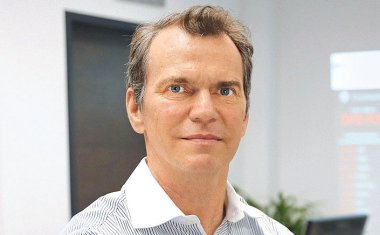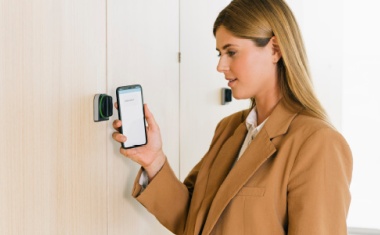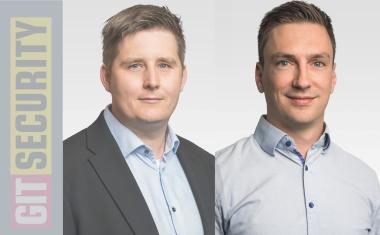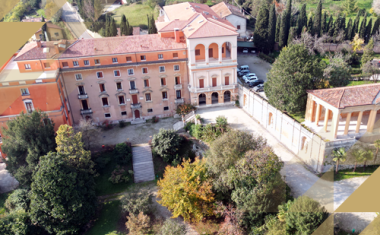Certalarm, the newly developed European quality mark
Certalarm, the newly developed European quality mark. Manufacturers of fire protection and security systems have long been faced with bureaucratic, costly and timeconsuming approva...
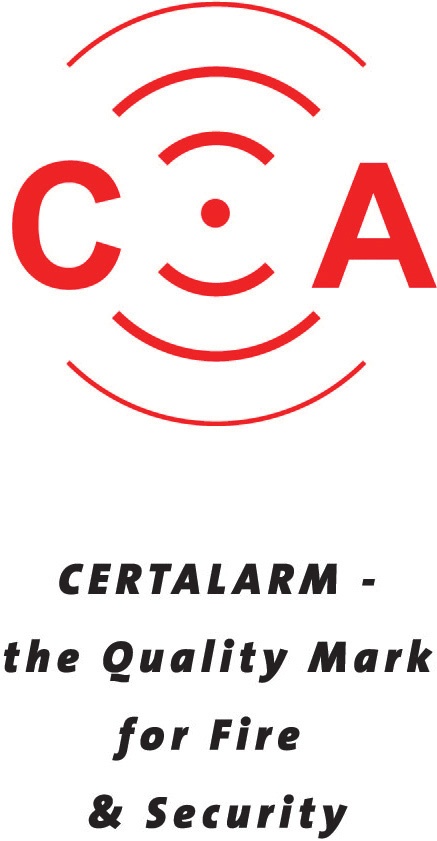
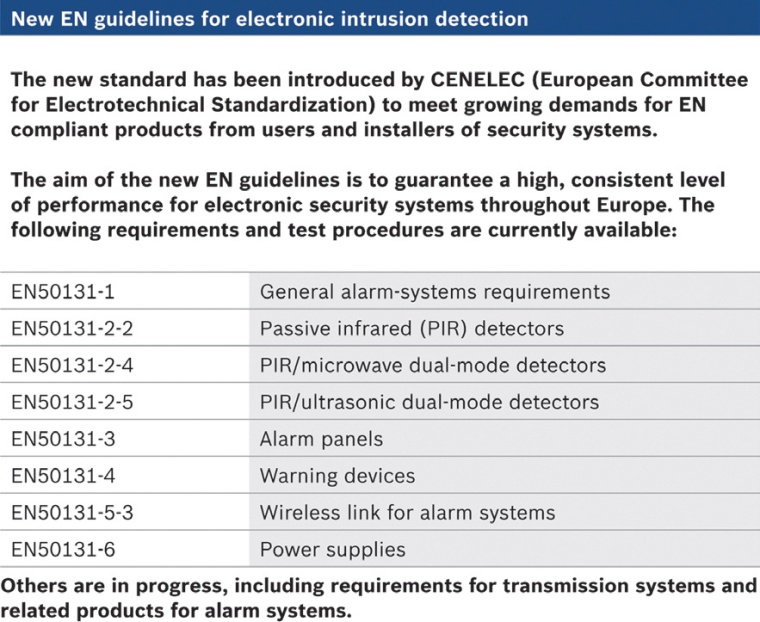
Certalarm, the newly developed European quality mark. Manufacturers of fire protection and security systems have long been faced with bureaucratic, costly and timeconsuming approval procedures, often involving multiple testing for products and services to be accepted in EU member states. The vision of one-stop testing and certification in Europe has just become significantly closer with the launch of Certalarm, the newly developed European quality mark.
Certalarm offers a unique European quality mark, based on thirdparty one-stop test and certification, primarily to EN54 fire and EN5013X security standards. It will lead to multiple benefits because products complying with Certalarm will have standardized levels of quality, reliability and security right across Europe and bear a trans-European quality mark. In practice, this will mean that both installers and end customers that are active in several countries will be assured of the same levels of security and reliability in all regions and locations, based on the requirements defined in EN standards.
Customers will no longer have to deal with differing national security standards. And manufacturers of fire protection and security systems will no longer have to complete multiple costly and time-consuming national testing procedures for products and services to be accepted in the various EU member states. The immense expenditure involved has resulted in unnecessarily high product cost, hindered product innovation, slowed down market introduction and impaired competition.
Ensuring EN Standards
In some countries, national regulations and standards for intrusion alarm systems do not yet exist. With the introduction of EN5013X standards across Europe, which also specify the tests that ensure that these products work reliably under demanding environmental conditions, these countries will now be able to guarantee a recognized level of security and product reliability for intrusion alarm products.
The drivers of the concept are not just a few industry players but the security community as a whole. It is based on a level playing field; an open system where qualified test houses and certification bodies can become partners or stakeholders. Certalarm is independent from the certification process in line with the relevant EN and ISO standards, and is supported by stakeholders who own and manage the (voluntary) quality mark.
The Certalarm mark can be applied to new and existing fire and security products, systems and services, and will assure lifetime quality through regular product validation from manufacturing lots.
Kick-Start Together
The quality mark awarding organization acts as an International Non-Profit Association (INPA) and is headquartered in Brussels. Membership is open to individuals as well as any legal entity involved in the fire and security industry. Euralarm, the trade association of the electronic fire and security industries within Europe, is handing over implementation of the one-stop certification process to Certalarm. The industry will transfer existing certificates that fulfill the Certalarm requirements to the new European quality mark, which should give its credibility and acceptance a substantial initial boost.
Certalarm works together with other test labs, certification, inspection and competence assessment bodies. Current partners include ANPI (Belgium), Det Norske Veritas (Norway) and Telefication (the Netherlands), the Danish Institute of Fire and Security Technology DBI (Denmark) and the test laboratory Delta (Denmark).
The mark will help to eliminate the duplication of tests (together with the associated expenditure), assist European cross-border trading and ensure consistent high quality over entire product lifecycles.
Component Testing
Fire equipment certification is currently available for components such as control and indicating equipment, smoke, heat and multisense detectors, call points, sounders, extinguishing/CMSI panels, power supplies, aspirating and linear heat detection systems and evacuation systems.
For security systems, certification to the relevant EN5013x series standards is currently available for intrusion and hold-up alarm system components, such as control and indicating equipment, power supplies, detectors, warning devices and transmission systems.
Later the scheme will include intrusion and hold-up alarm systems, CCTV and access control systems, social alarms, vehicle and lone worker protection systems.
Contact:
Derek Harrington
Certalarm,
Brussels, Belgium
Tel.: +44 782 5970883
certalarm@googlemail.com
www.certalarm.org
Bosch GmbH,
Ottobrunn, Germany
Tel.: +49 89 6290 1647
Fax: +49 89 6290 281647
emea.securitysystems@bosch.com
www.boschsecurity.com
most read

Security management, building security & perimeter protection: the winners of category E at the GIT SECURITY AWARD 2026
GIT SECURITY AWARD 2026: Security management, building security & perimeter protection - an overview of the most innovative solutions

Is Your Venue Ready for Martyn’s Law?
Martyn’s Law demands stronger security by 2027. Is your venue prepared to protect and respond?

What Does Ethical AI Governance Look Like in Practice?
The InCyber Briefing will explore AI, post-quantum readiness, data sovereignty, and crisis simulation

Integrated and Futureproof: Traka’s Next Chapter
Interview with Stefni Oliver on Traka’s Vision for the Future
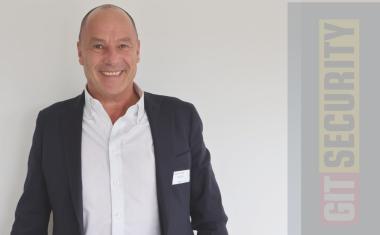
When the Internet stumbles: Why DNS is important
When DNS fails, the internet stumbles-AWS outage proves resilience and redundancy are vital for digital trust

